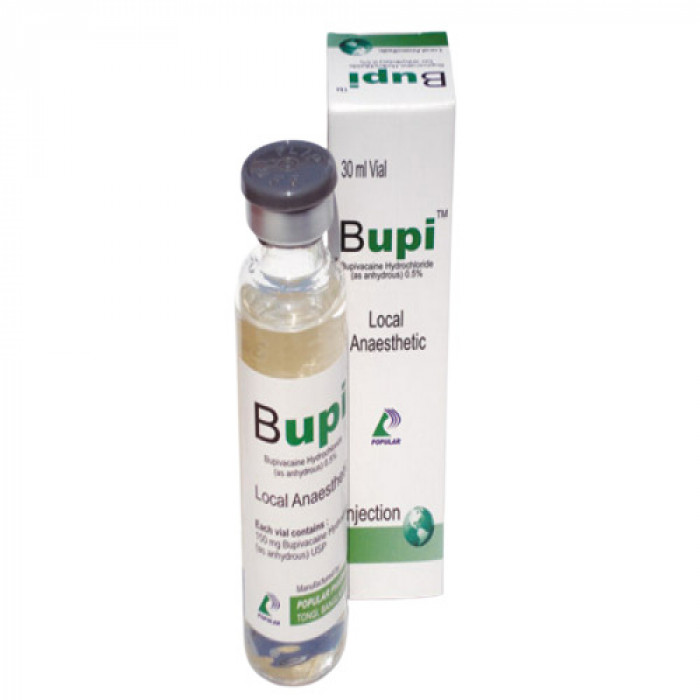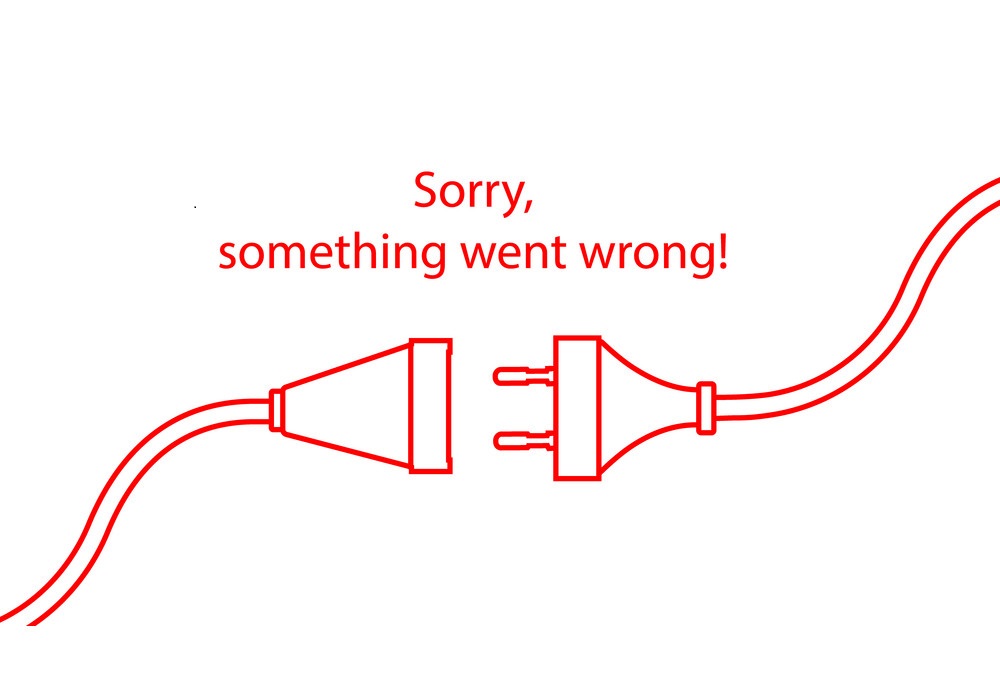

✔ 100% Authentic Product
👁️ Currently Viewing 3001
Bupi 0.5%+8% Heavy Intraspinal Injection
Each 4 ml injection contains:
- Bupivacaine Hydrochloride USP: 20 mg
- Dextrose Anhydrous USP: 320 mg
Bupi 0.5%+8% Heavy Intraspinal Injection is used for local anesthesia.
Discount
Price: ৳ 48
MRP:
৳
50
4%
Off
✅ Description:
- Intrathecal anesthesia, also known as spinal anesthesia or subarachnoid anesthesia, involves the injection of local anesthetics into the subarachnoid space of the spinal canal. This blocks nerve impulses in the spinal cord, leading to loss of sensation and muscle paralysis in the lower part of the body.
- Epidural anesthesia involves the injection of local anesthetics into the epidural space, which is located just outside the spinal cord's protective covering (the dura mater). This blocks nerve impulses from reaching the spinal cord and provides pain relief in the lower part of the body.
- Subarachnoid anesthesia is another term for intrathecal or spinal anesthesia, as it involves injecting anesthetic agents into the subarachnoid space to achieve anesthesia and analgesia.
These techniques are commonly used for surgical procedures below the waist, such as lower abdominal, pelvic, and lower limb surgeries, as they provide effective pain relief and muscle relaxation in the lower part of the body.
✔️ Uses:
- Intrathecal anesthesia
- Spinal anesthesia
- Epidural anesthesia
- Subarachnoid anesthesia
✔️ How does Bupi 0.5%+8% Heavy Intraspial Injection work?
Bupivacaine acts by blocking both the initiation and conduction of nerve impulses. It achieves this by reducing the permeability of neuronal membranes to sodium ions, which inhibits depolarization and consequently blocks the conduction of nerve impulses.
Dextrose, on the other hand, is a monosaccharide that serves as a source of calories and water for hydration. It plays a role in reducing the loss of body protein and nitrogen. Additionally, dextrose promotes glycogen deposition in the liver, which can serve as an energy reserve for the body.
✔️ Side Effects of Bupi 0.5%+8% Heavy Intraspinal Injection
Adverse reactions are difficult to distinguish from physiological effects of nerve block, events directly or indirectly related to needle puncture or cerebrospinal leakage.
✔️ Quick Suggestions:
- Bupivacaine + Dextrose is given as an injection by the healthcare professional.
- It may affect your concentration or make you feel sleepy, so avoid driving or using tools or machines until the next day.
- Consult your doctor immediately if you experience dizziness, lightheadedness, problems with sight or hearing, or numbness around the lips, tongue, and mouth.
- Inform your doctor if you are pregnant, planning pregnancy, or breastfeeding.
✔️ Indication of Bupi 0.5%+8% Heavy Intraspinal Injection
- Bupivacaine Hydrochloride & Dextrose is indicated for lower abdominal surgery (including Caesarean section), urological and lower limb surgeries, including hip surgery, lasting 1.5 to 3 hours.
- It is also indicated for intrathecal (subarachnoid, spinal) anesthesia for surgical and obstetrical procedures.
- Bupivacaine produces motor blockade of the abdominal muscles, making the solution suitable for the performance of abdominal surgery lasting 1.5-2 hours. The duration of motor blockade does not exceed the duration of analgesia.
✔️ Pharmacology
- Bupivacaine is a long-acting local anesthetic of the amide type, providing a rapid onset of action.
- It has a duration of analgesia of 3-5 hours in the lower thoracic and lumbar segments, making it suitable for long-lasting procedures in the lower limbs.
- The circulatory effects of Bupivacaine spinal are similar to or less than those seen with other spinal agents.
✔️ Dosage & Administration of Bupi 0.5%+8% Heavy Intraspinal Injection
- For spinal anesthesia for surgery: 2-4 ml (10-20 mg Bupivacaine hydrochloride). The dose should be decided based on the patient's physical status and concomitant medication, with the lowest effective dose used.
- Pediatrics: Doses vary based on weight, with a larger dose/kg needed for infants and neonates due to relatively high CSF volume.
Acute systemic toxicity is extremely unlikely, given the small dose required for spinal anesthesia. Toxic reactions mainly involve the central nervous and cardiovascular systems.
✔️ Interaction
Bupivacaine should be used with care in patients receiving antiarrhythmic drugs with local anesthetic activity, as their toxic effects may be additive.
✔️ Contraindications
- Allergy or hypersensitivity to amide-type local anesthetics.
- Acute active diseases of the cerebrospinal system, spinal stenosis, and active disease or recent trauma in the vertebral column are contraindications.
✔️ Pregnancy & Lactation
No specific disturbances to the reproductive process have been reported, and Bupivacaine enters breast milk in small quantities.
✔️ Precautions & Warnings
Solutions should be used immediately after opening the ampoule, and any unused portions discarded. Solutions showing discoloration should not be used.
✔️ Storage Conditions:
Store at a temperature not exceeding 30ºC in a dry place and protect from light.
⚠️Disclaimer:
At ePharma, we’re committed to providing accurate and accessible health information. However, all content is intended for informational purposes only and should not replace medical advice from a qualified physician. Please consult your healthcare provider for personalized guidance. We aim to support, not substitute, the doctor-patient relationship.






